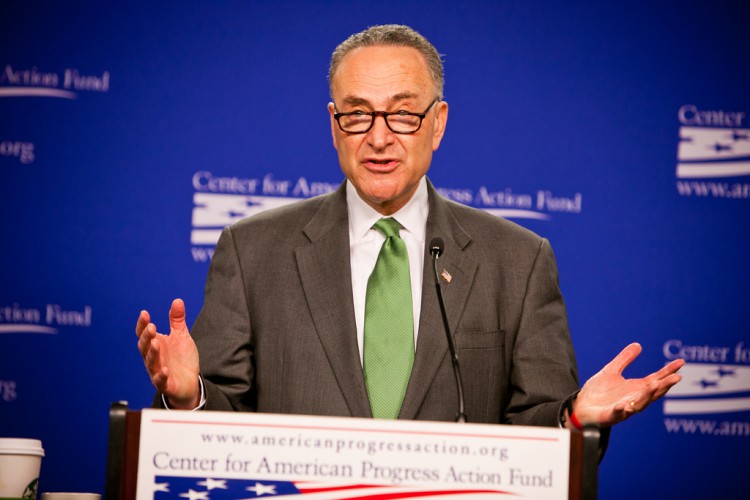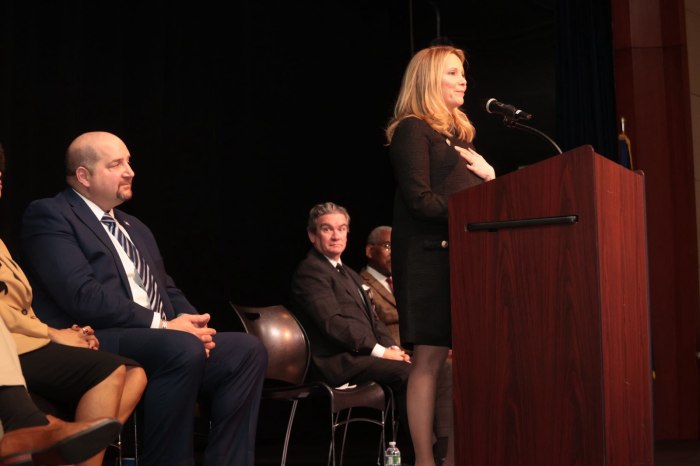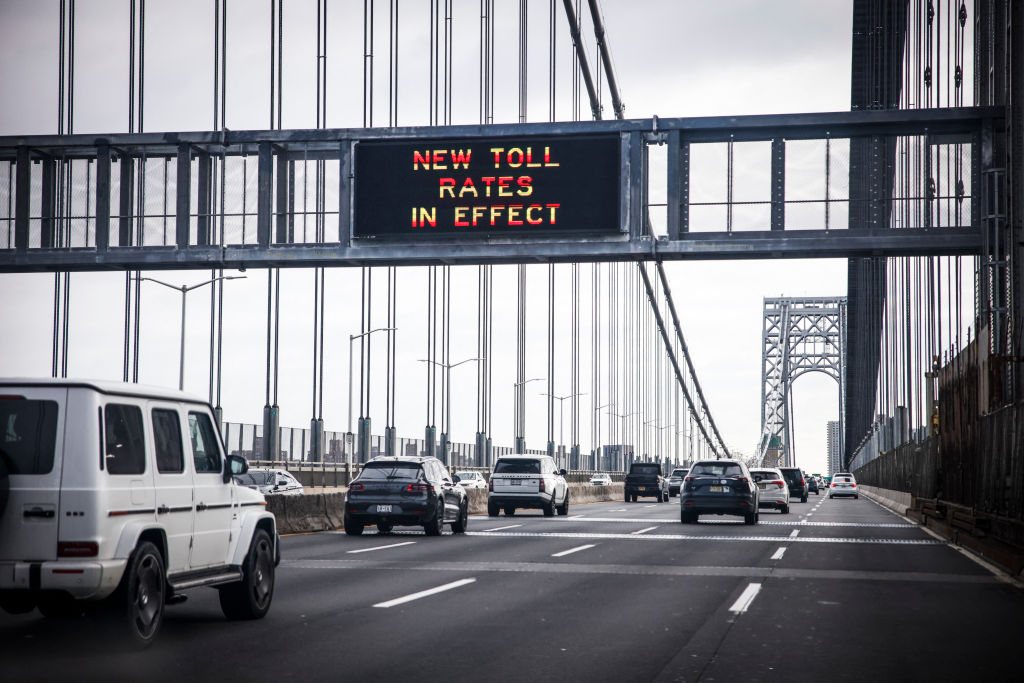By Derek Willis and Robert Faturechi, ProPublica
For nearly 15 years, voters have been able to click a mouse to view an up-to-date list of who’s contributed to candidates for the presidency and the U.S. House, and how those funds have been spent.
But the law still allows Senate candidates to file campaign reports on paper, making it nearly impossible to keep up with the flow of money.
Efforts to fix that imbalance have died over and over again in the Senate, regardless of which party controlled the chamber. Whether the latest attempt succeeds before the 2016 election may rest on a political horse trade – one that would loosen the reins on another part of campaign spending.
Since December 2000, presidential and House candidates have had to file campaign reports electronically to the Federal Election Commission, meaning the public, journalists and analysts can see donors and recipients within minutes. The language in the 2000 law, though, didn’t cover Senate candidates.
As a result the Senate uses a paper system that hasn’t changed much since 1972: Filings are mailed, faxed or delivered by hand to the Secretary of the Senate. The paperwork, which can involve thousands of pages in a big race, is then passed to the FEC, which pays to have the documents scanned and posted online. The information in the reports is typed into a computer so the data can be published for researchers and journalists. The whole process costs the FEC up to $500,000 a year, the Congressional Budget Office has said.
The cumbersome process means information about fundraising and spending isn’t available for days or sometimes more than a week after the reports are due – and then in a format that isn’t easily searchable. In the final weeks before an election, voters may have only a few days to look through hundreds of pages of filings in key races. This isn’t new: a Campaign Finance Institute analysis in 2004 showed that “voters preparing to go to the polls last November did not know where a large amount of money to elect their Senators for the next six years was coming from.”
In most cases it’s a matter of delayed information that could be useful to undecided voters, rather than someone trying to hide an improper donation. This pattern has continued in recent elections, although the FEC has reduced the length of time voters would need to wait. For example, the final filing before the November 2014 election was due on Oct. 23. In Colorado, Democratic Sen. Mark Udall was locked in a tight re-election race that he eventually lost to Cory Gardner, a Republican congressman. Udall submitted his campaign filing to the Senate on Oct. 22. But images of the 1,029 pages did not get posted on the FEC site – where the public could examine them – until Oct. 28, six days later, according to the FEC. That filing included maximum contributions from the Steelworker and Teamster labor union PACs, as well as at least $33,000 from donors via the League of Conservation Voters.
The contributions and expenditures in the filing did not get typed into the FEC’s databases, where they could be searched, until Nov. 25, weeks after the election. Udall raised $725,078 and spent $2.1 million during the period covered by that filing, but Colorado’s voters had seven days to look through a thousand pages.
Gardner’s final pre-election report was submitted on Oct. 23 and posted to the web six days later. It included a $1,000 contribution from the Susan B. Anthony List PAC, which supports candidates opposed to abortion rights, and the $4,000 rental of a list of donors from the PAC of Michele Bachmann, the former Minnesota congresswoman and 2012 presidential candidate.
Similarly, all candidates are required to file reports during the final 20 days before an election listing contributions of $1,000 or more. House and presidential candidates file these “48-Hour reports” electronically; Senate candidates fax them to the Senate, which then sends them off to the FEC to be posted. An 11-page filing by Thom Tillis, a Republican who defeated North Carolina Democratic Sen. Kay Hagan in 2014, was faxed to the Senate on Oct. 31 but not officially received until Nov. 3, the day before the election. It listed $92,350 in contributions, including $2,600 from Shelly Adelson, the daughter of casino magnate Sheldon Adelson, which few North Carolina voters could see before the election – unless they happened to be in Washington the day before the vote.
Of course, nothing stops Senate candidates from voluntarily filing electronic campaign reports. This year, 19 senators have done so – 16 Democrats, two independents and one Republican, as have several Democratic Senate candidates.
Bills that would make this mandatory have failed in the Senate for more than a decade. They died in committee or were defeated by adding so-called poison pill amendments without bipartisan support. The closest one came to passing in the last Congress. That measure, introduced by Democratic Sen. Jon Tester of Montana, one of the 16 Democrats who have already gone digital, was approved by a Senate committee and had a majority of the Senate as co-sponsors. But it was never brought to the floor of the chamber, which was controlled by Democrats at the time. That indicates the bill didn’t have the 60 votes needed to overcome any objection to its consideration.
This year’s version is included in a Senate spending bill, which was approved in July by the appropriations committee. The key to the provision’s chances, though, may be a second campaign finance provision in the same bill, an idea that has been pushed by Senate Majority Leader Mitch McConnell, a Kentucky Republican.
The proposal by McConnell has been floated before by Republicans as a possible trade for the filing fix. It would remove a ceiling on so-called coordinated political party spending. Proponents of the change say the limit has become outmoded in the increasingly wild world of campaign finance. Opponents say loosening the rule would be one more step toward unregulated politics.
Spending by political parties can be divided into two main categories – independent expenditures, defined as money spent on ads or other communications advocating the election or defeat of a candidate without consulting or cooperating with a candidate’s campaign; and coordinated spending, which means money spent with the candidate’s cooperation.
Parties can put whatever they want into independent expenditures but federal law limits coordinated spending, on the theory that such restrictions reduce the amount of outside money flowing directly to advocacy for a particular candidate. (Those limits vary by state according to population, ranging from $96,000 in Delaware to $2.8 million in California for Senate races.)
With no limits on independent expenditures, that’s where the parties have shifted spending. In the 2014 cycle, national party committees spent eight times as much on independent ads as coordinated ads – $228 million compared with $27.6 million, according to the FEC.
But as coordinated spending has fallen, the rise of super PACS and nonprofits that funnel cash outside of the party apparatus has transformed campaign finance and rendered limits on party spending irrelevant, say analysts including Thomas E. Mann, a senior fellow at the Brookings Institution.
“It’s silly for parties to have to set up independent spending operations” in the new world of super PACs and nonprofits, said Mann, who testified before a Senate committee in 2007 in support of removing the coordinated spending limit.
Daniel Weiner, an attorney at the Brennan Center for Justice at New York University, who advocates for stricter campaign finance rules, also supports the general notion of eliminating caps on coordinated party spending. He said removing limits would likely divert some outside spending back into the party structure, which he said would be healthier for democracy because it could diminish the influence of super PACs and so-called dark money. Compared to independent groups, he said, parties are more internally democratic and accountable to the public because they’re “repeat players.”
Independent expenditures by parties wouldn’t disappear entirely, Weiner said. In scenarios where candidates want to maintain plausible deniability over an expense – an attack ad, for example – parties would likely still opt to go it alone.
Many Democrats and campaign finance reform groups, though, are already on record against the idea of lifting the restrictions, dimming the chance of a trade. McConnell’s proposal was first included in a spending bill last December. It was withdrawn after opposition from Democrats including Sen. Tom Udall of New Mexico, who said at the time that the measure would “remove one of the few dams left” on the flood of money from the “ultra-rich” into campaign spending.
During this latest round, the Campaign Legal Center and other advocacy groups sent a letter to senators in July, saying that loosening the party limits would “seriously undermine longstanding campaign finance provisions.” Democrats failed to remove it from the bill in committee on a party-line vote. This week, the groups sent a letter to Obama urging him to veto any bill that included looser campaign finance rules, including the elimination of coordination limits.
McConnell’s office didn’t respond to a request for comment on any possible deal. Marnee Banks, a spokeswoman for Tester, said in an e-mail that the fate of the electronic filing requirement “depends on if Republican leadership is willing to start negotiating on [spending] bills.” She added, “As we’ve seen so far this Congress they are refusing to sit down and hash out a deal.”
For now, the prospects don’t seem bright. The Senate spending bill is stalled. Democrats have pledged to filibuster appropriations bills until Republicans renegotiate budget limits. And even if the McConnell measure endures, there’s no guarantee the electronic filing piece won’t be carved out of the bill.
Failing any movement, voters wanting to track how their Senate candidates raise and spend money next year will have the same options as 40 years ago: waiting for a tall stack of documents to arrive.
Related stories: For more coverage of politics and lobbying, read ProPublica’s previous reporting on the ripples from Scott Walker’s legal victory, the insurance lobby’s pivot to Democrats and an imploding super PAC.
ProPublica is a Pulitzer Prize-winning investigative newsroom. Sign up for their newsletter.
































